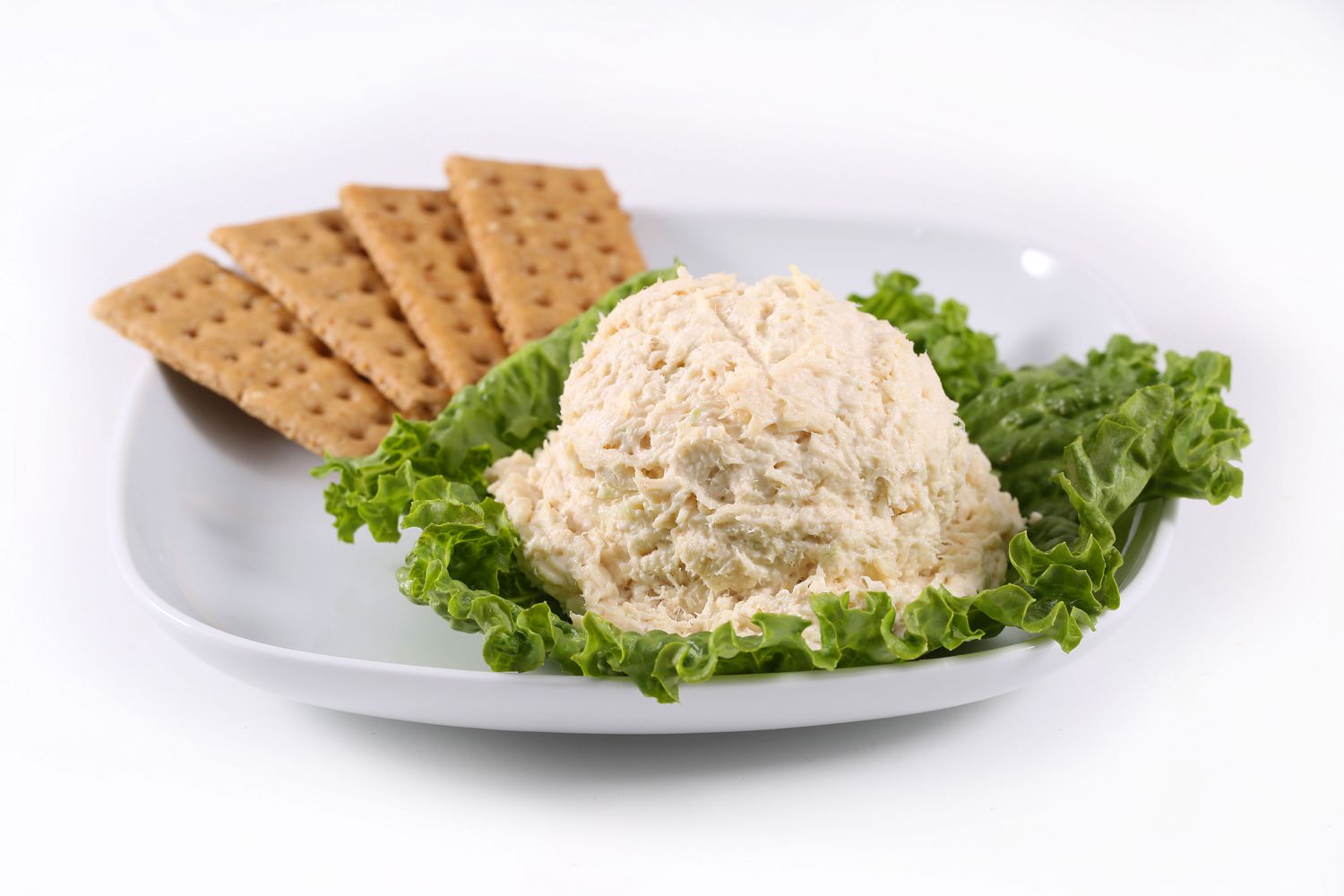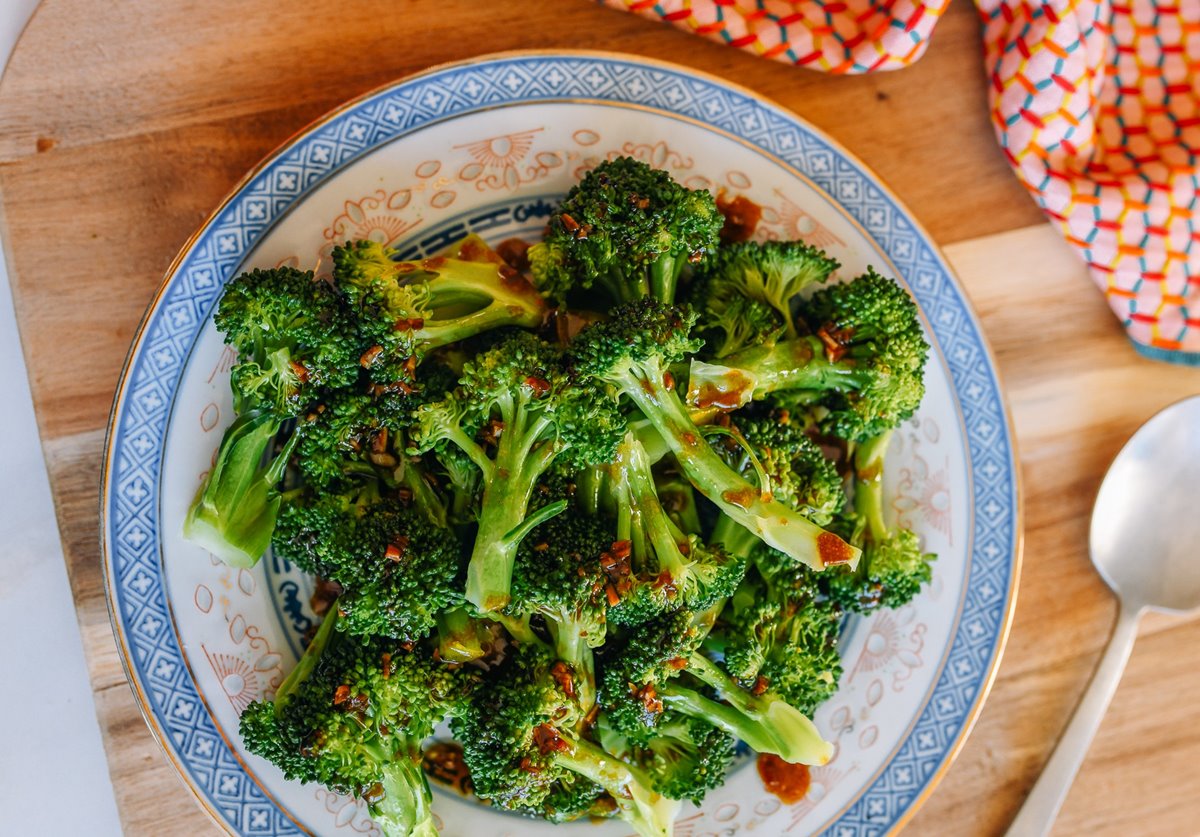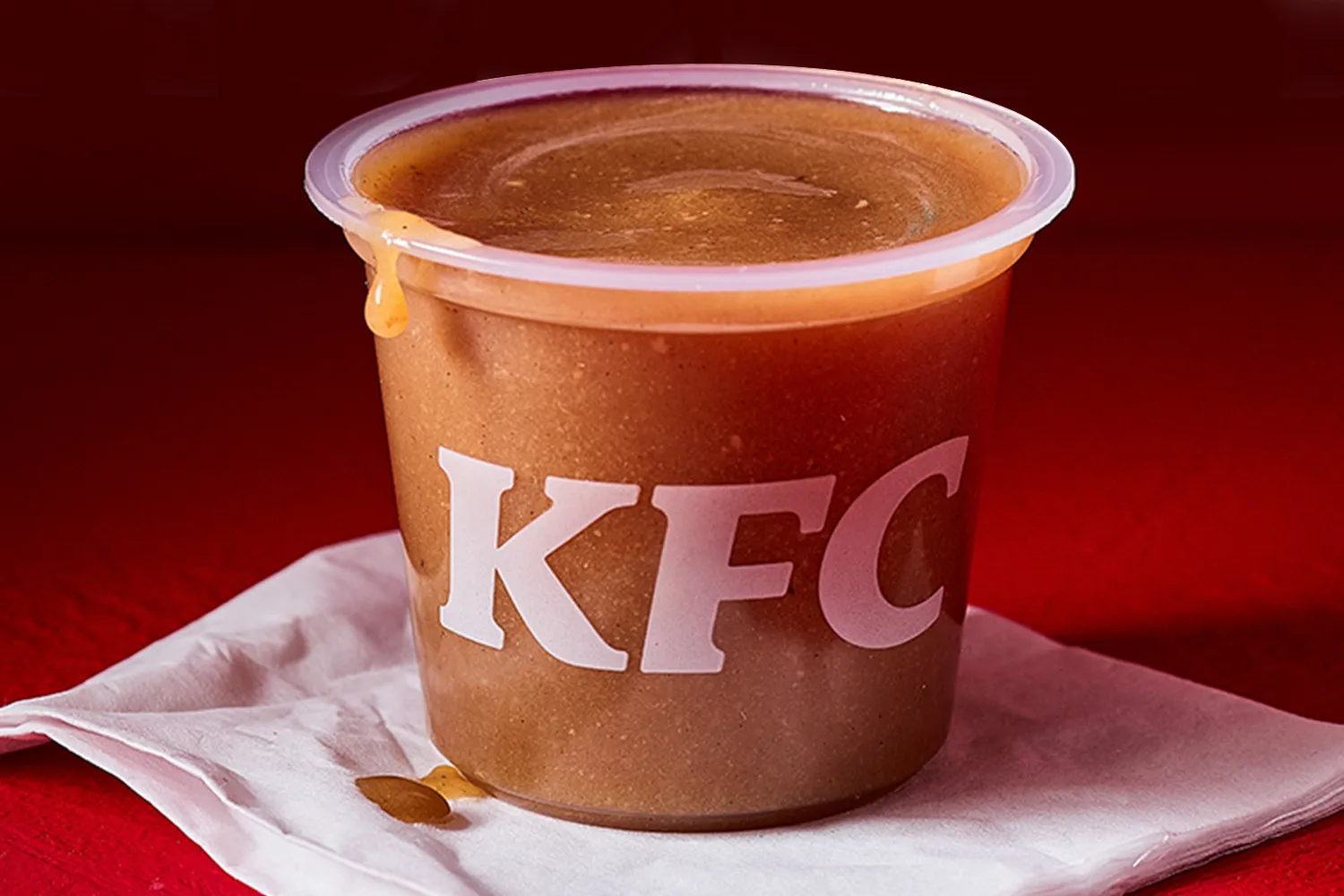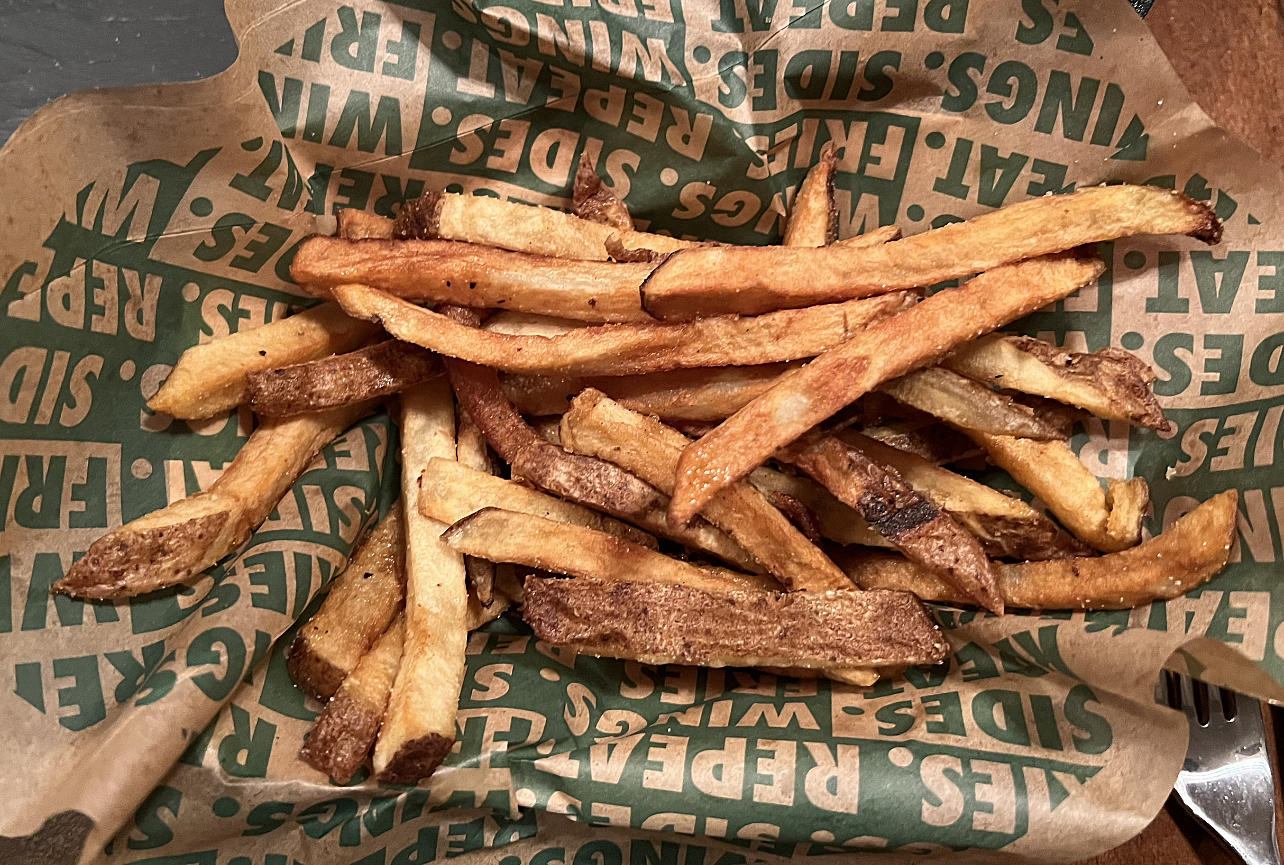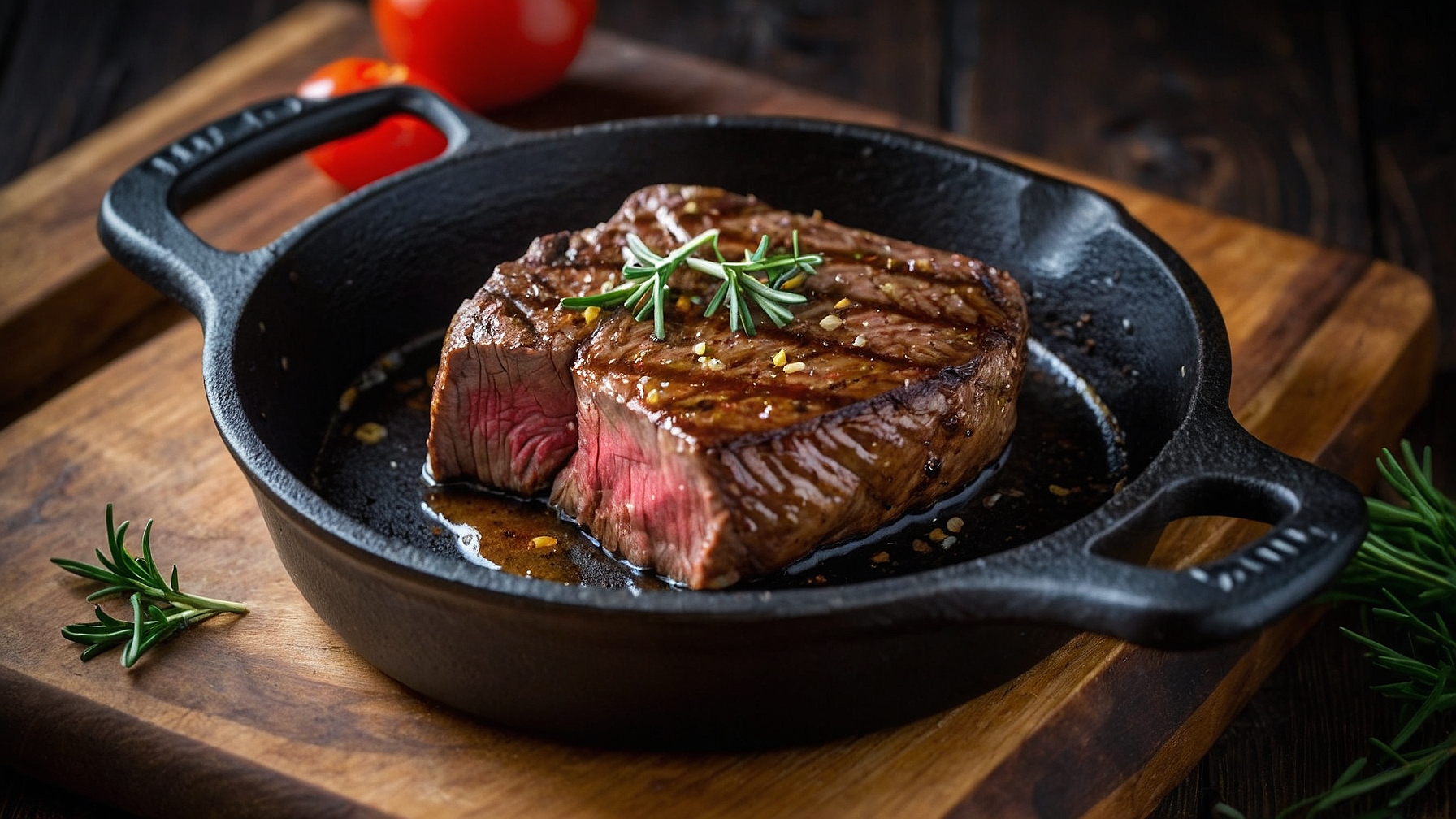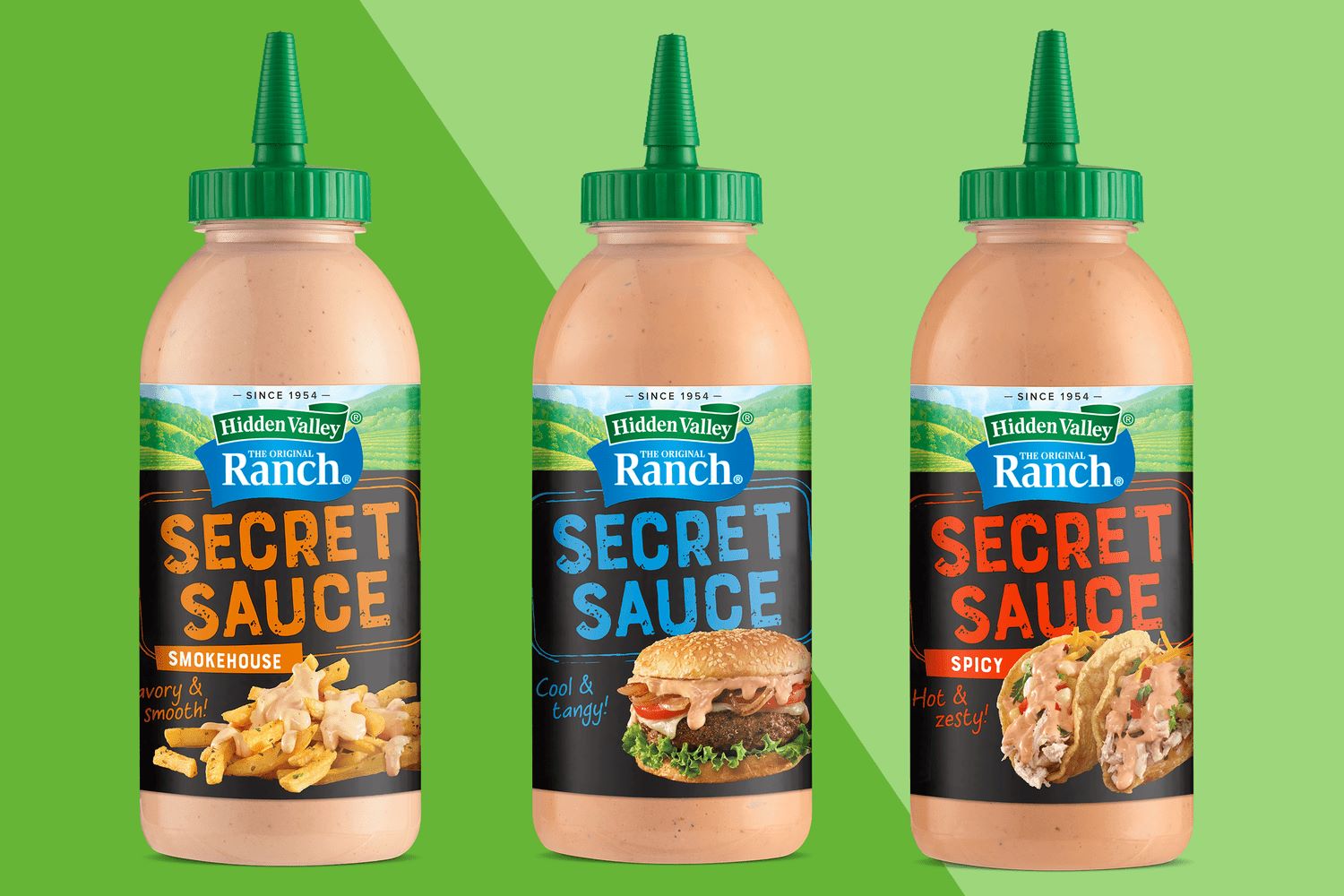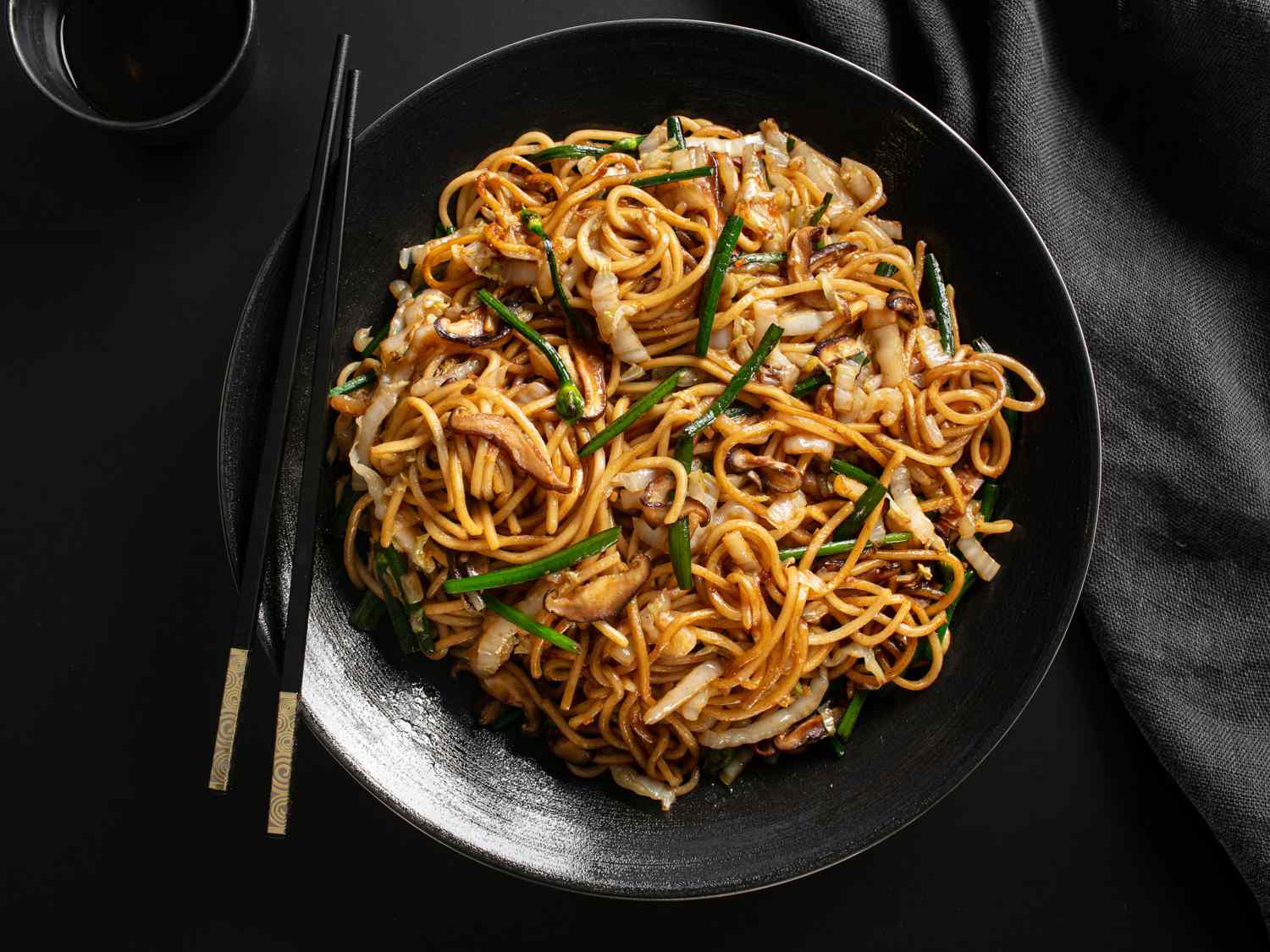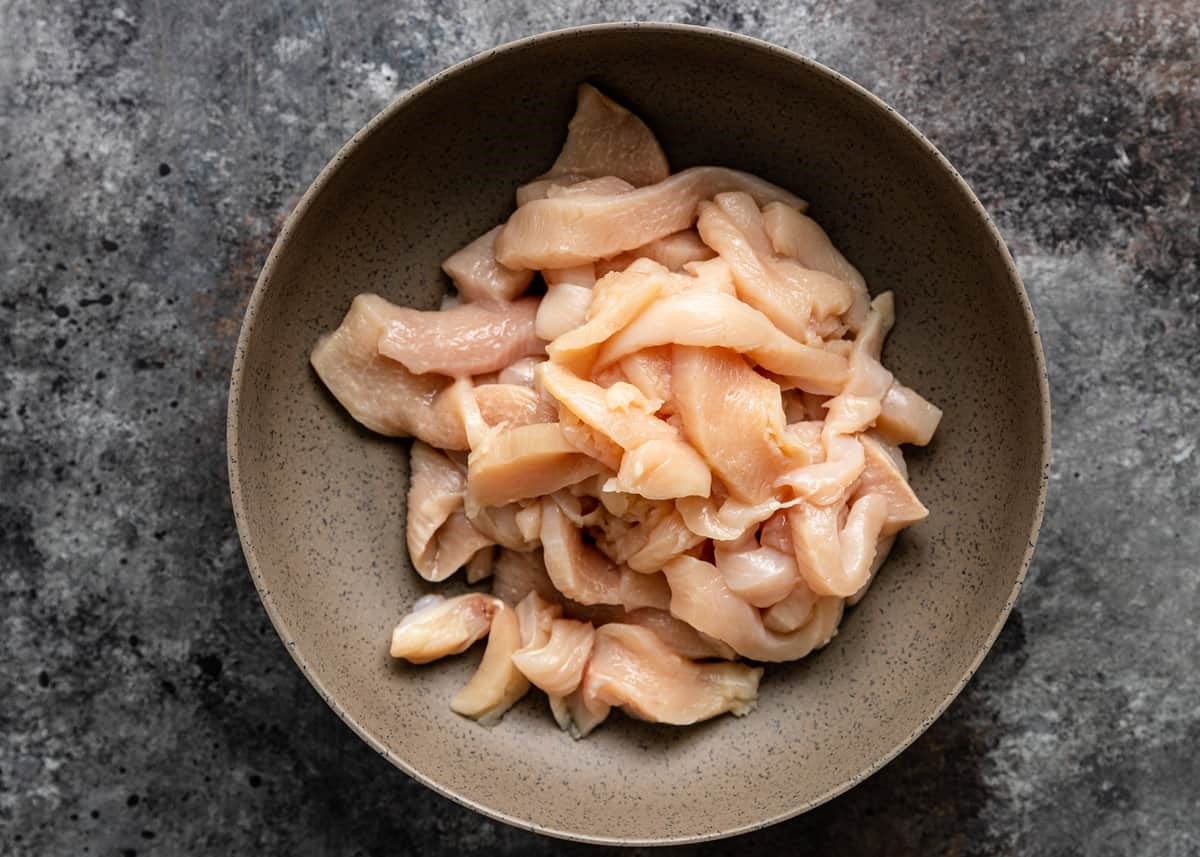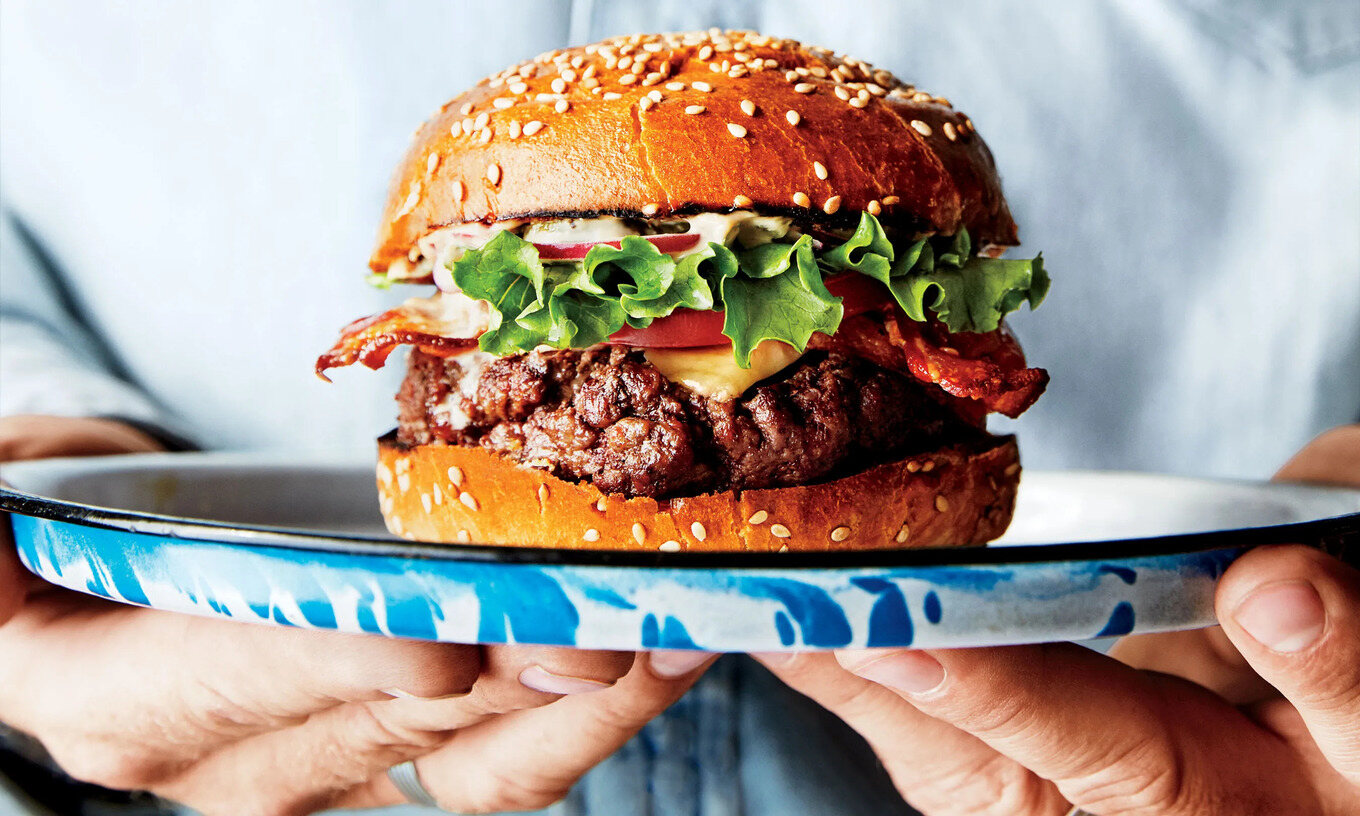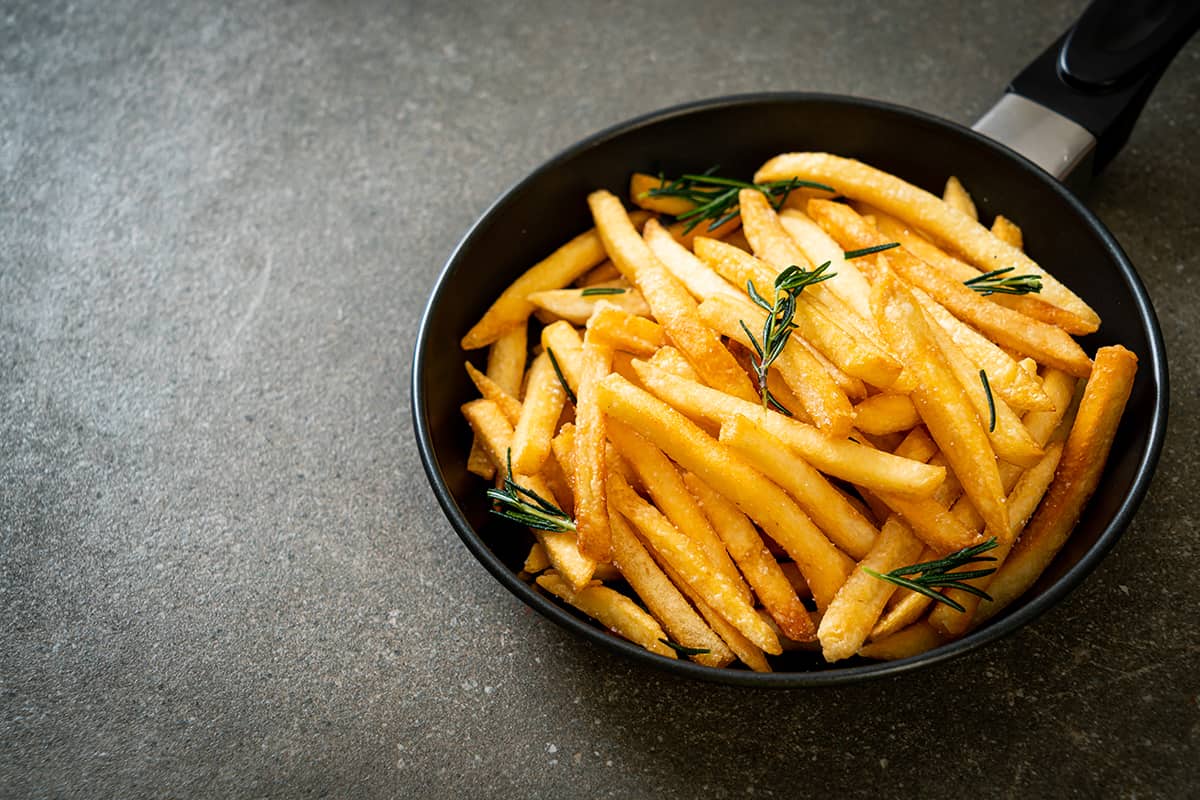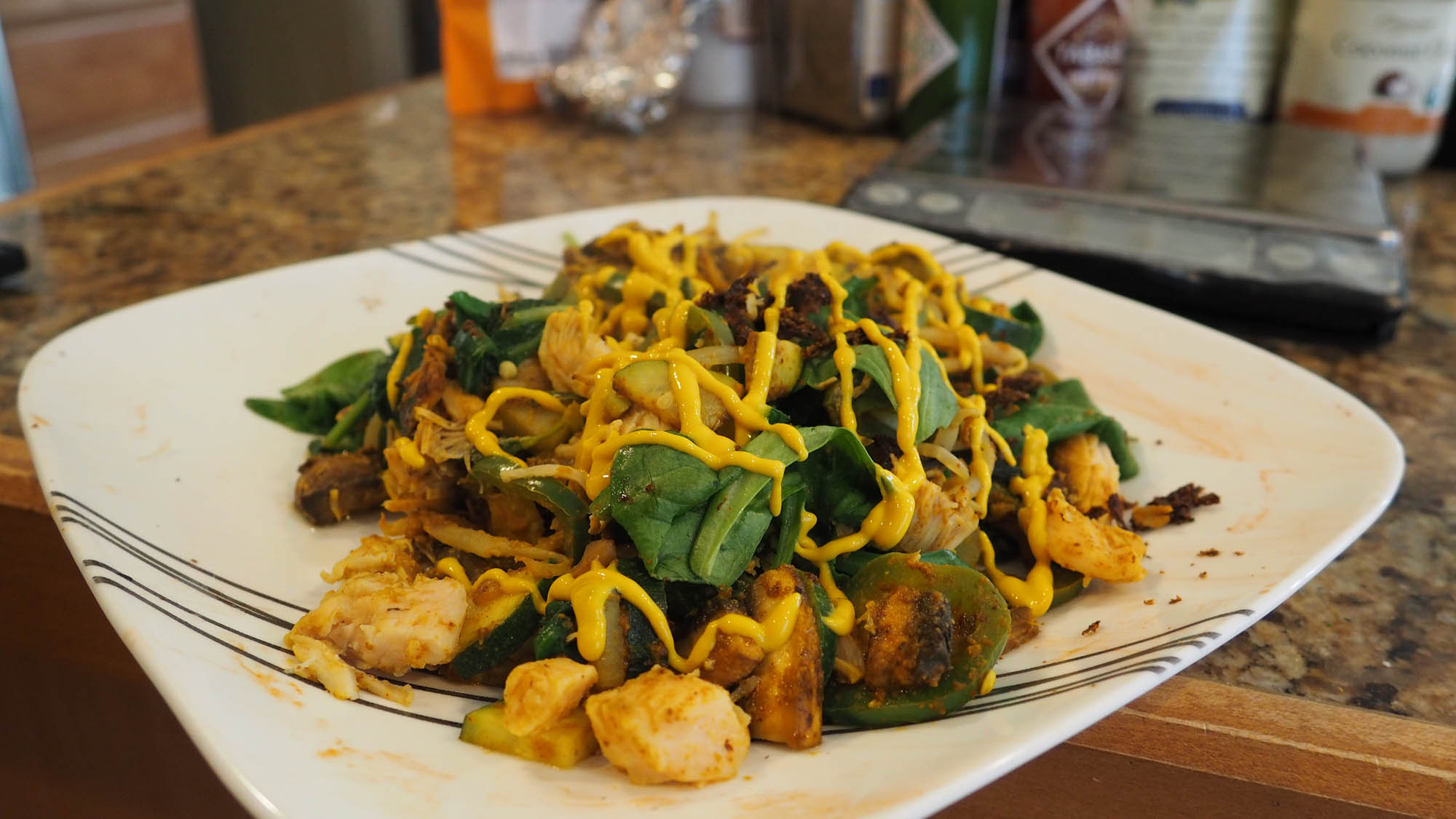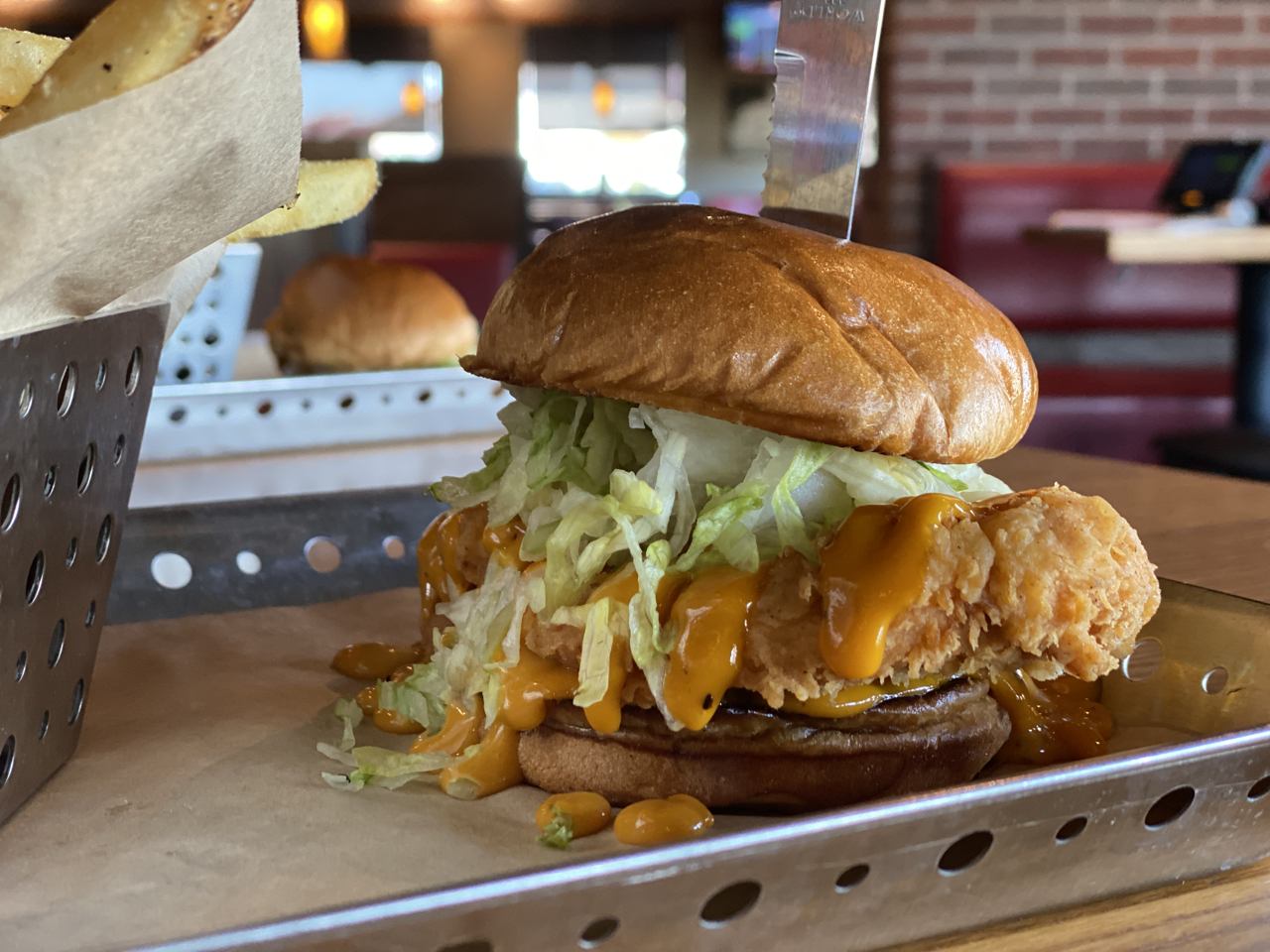Ever wondered why restaurant stir fry tastes so amazing? It's not just the fresh ingredients or the high heat. The secret lies in a few key techniques and the right balance of flavors. From choosing the right oil to mastering the art of stir-frying, these tips can transform your home-cooked stir fry into a dish that rivals your favorite takeout. Get ready to elevate your cooking skills and impress your family with a meal that's bursting with flavor and texture. Let's dive into the secrets that make restaurant stir fry so special.
Essential Ingredients for a Perfect Stir Fry
The Secret to Restaurant-Quality Stir Fry at Home
- 1 lb chicken breast (sliced thin)
- 2 tbsp soy sauce
- 1 tbsp oyster sauce
- 1 tbsp hoisin sauce
- 1 tbsp cornstarch
- 2 tbsp vegetable oil
- 1 bell pepper (sliced)
- 1 cup broccoli florets
- 1 carrot (julienned)
- 1 onion (sliced)
- 2 cloves garlic (minced)
- 1 tsp ginger (minced)
- 1/4 cup chicken broth
- 1 tbsp sesame oil
- 1 tbsp sesame seeds (optional)
- 2 green onions (chopped)
- Cooked rice (for serving)
Must-Have Tools for Crafting the Perfect Stir Fry
Tools Needed for Restaurant-Quality Stir Fry at Home
-
Wok or Large Skillet
- A wok is ideal for stir fry due to its shape, which allows for even cooking. A large skillet can also work if a wok isn't available.
-
Spatula or Wooden Spoon
- Use a spatula or wooden spoon to stir and toss ingredients. These tools help prevent sticking and ensure even cooking.
-
Sharp Knife
- A sharp knife is essential for cutting vegetables, meat, and other ingredients into uniform pieces.
-
Cutting Board
- A sturdy cutting board provides a safe surface for chopping ingredients.
-
Mixing Bowls
- Use mixing bowls to hold prepped ingredients. This helps keep everything organized and ready for quick cooking.
-
Measuring Spoons and Cups
- Accurate measurements of sauces and seasonings ensure the right balance of flavors.
-
Tongs
- Tongs are useful for handling meat and larger vegetables during cooking.
-
Grater or Microplane
- A grater or microplane is handy for grating ginger, garlic, or zesting citrus.
-
Small Whisk
- A small whisk helps mix sauces and marinades evenly.
-
Colander or Strainer
- Use a colander or strainer to rinse vegetables and drain cooked noodles or rice.
-
Paper Towels
- Paper towels are useful for drying ingredients before cooking, which helps achieve a good sear.
-
Timer
- A timer ensures precise cooking times, preventing overcooking or undercooking.
-
Heat-Resistant Gloves or Mitts
- Protect your hands from hot surfaces with heat-resistant gloves or mitts.
-
Serving Dishes
- Have serving dishes ready to transfer the finished stir fry from the wok or skillet.
Use high heat, a hot wok, and cook ingredients in batches to avoid overcrowding. This ensures even cooking and retains the crisp texture of vegetables and meat.
Unlocking the Secrets to a Perfect Stir Fry
Fresh ingredients are key to achieving restaurant-quality stir fry. Using high heat ensures a quick cook time, preserving the crispness of vegetables and the tenderness of meat. Proper preparation and timing are crucial. Cutting ingredients uniformly helps them cook evenly, while pre-mixing sauces guarantees consistent flavor throughout the dish.
Your Ultimate Guide to Stir Fry Mastery
-
Choose the right pan: Opt for a wok or a large, heavy-bottomed skillet. These pans distribute heat evenly, crucial for quick cooking.
-
Prep ingredients beforehand: Cut all vegetables and proteins into bite-sized pieces. This ensures everything cooks evenly and quickly.
-
Marinate proteins: Enhance flavors by marinating chicken, beef, or tofu in a mixture of soy sauce, garlic, and ginger for at least 30 minutes.
-
Use high heat: Stir-frying requires cooking at high temperatures. Ensure your stove is set to the highest setting to mimic restaurant-style wok hei.
-
Cook ingredients separately: Start with proteins, then remove them once cooked. Follow with vegetables, starting with the hardest ones like carrots and bell peppers, moving to softer ones like mushrooms and leafy greens.
-
Keep ingredients moving: Use a spatula to continuously move the ingredients around the pan. This technique prevents burning and ensures even cooking.
-
Add aromatics: Incorporate garlic, ginger, or green onions towards the end of cooking. These add a burst of flavor without getting burnt.
-
Sauce wisely: Prepare your sauce in advance. Combine ingredients like soy sauce, oyster sauce, and a bit of sugar. Add it after the proteins and vegetables are nearly cooked, allowing a few minutes for it to thicken and coat the ingredients.
-
Serve immediately: For the best texture and flavor, serve your stir fry straight from the pan onto plates. Waiting too long can cause ingredients to become soggy.
-
Clean your pan immediately: Once you've finished cooking and serving, soak or clean your pan. This prevents residues from sticking and makes cleanup easier.
Bringing It All Together
Cooking restaurant-quality stir fry at home isn't as hard as it seems. With the right ingredients, a hot wok, and a bit of technique, you can whip up a dish that rivals your favorite takeout. Remember to prep everything before you start cooking. High heat is your friend, so don't be afraid to crank up the stove. Use fresh vegetables, quality protein, and a good sauce to tie everything together. Practice makes perfect, so don't get discouraged if it doesn't turn out perfect the first time. Keep experimenting with different flavors and textures until you find your perfect stir fry. Happy cooking!
All Your Stir Fry Questions Answered
What's the best type of pan for stir fry?
A wok is your best bet. Its shape allows for even cooking and high heat. If you don't have one, a large skillet works too.
How do I get that restaurant-quality texture?
High heat is key. Make sure your pan is super hot before adding ingredients. Also, don't overcrowd the pan; cook in batches if needed.
What kind of oil should I use?
Use oils with high smoke points like canola, peanut, or vegetable oil. These can handle the high heat without burning.
How do I keep my vegetables crisp?
Cut them into uniform pieces and cook them quickly over high heat. Start with harder veggies like carrots and broccoli, then add softer ones like bell peppers and snow peas.
What's the secret to a great sauce?
Balance is everything. Combine soy sauce, oyster sauce, a bit of sugar, and some cornstarch mixed with water. This gives a glossy finish and rich flavor.
Can I use frozen vegetables?
Fresh is best, but frozen works in a pinch. Just make sure to thaw and pat them dry to avoid excess moisture, which can make your stir fry soggy.
How do I prevent meat from getting tough?
Slice meat thinly against the grain and marinate it for at least 15 minutes. Cook it quickly over high heat, then remove it from the pan before adding veggies. Add it back in at the end to heat through.
